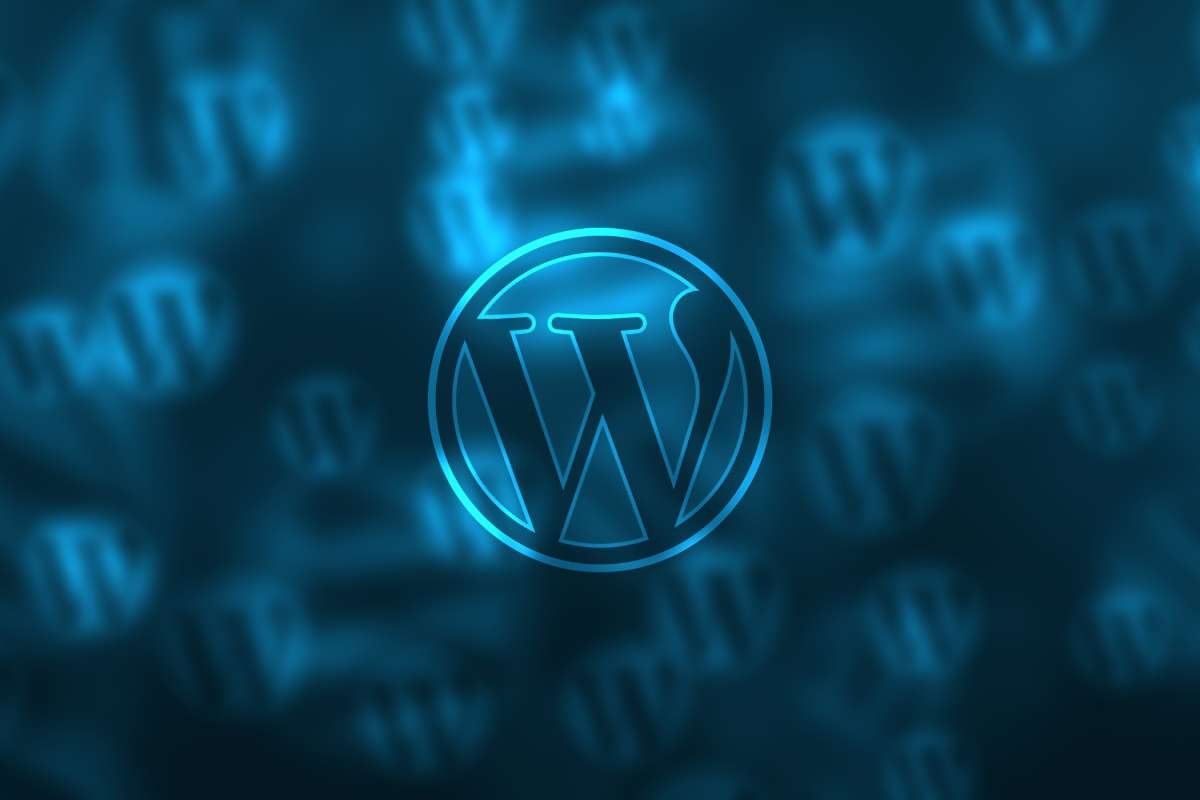Can a farm tell you when the soil is dry? Can plants ask for water? Can you take care of your crops and animals while sitting miles away? With the rise of smart technology, the answer is yes.
IoT in agriculture is changing the way farming works. It uses connected devices and sensors to track every part of the farm in real time. From soil moisture to crop health and livestock movement, these tools help farmers make faster and better decisions.
This technology is not just about saving time. It helps grow more food, use fewer resources, and protect the environment. In this article, you will learn how IoT in agriculture works, how it is used, and why it is becoming so important for the future of farming.
What Is IoT in Agriculture?
IoT in agriculture means using internet-connected devices to help manage farm work. These devices collect information from the soil, crops, animals, and the weather. Farmers use this information to make better decisions.
They do not have to guess when to water crops or feed animals. The data shows them exactly what is needed. This saves time, money, and effort. It also helps grow more food with less waste.
How IoT in Agriculture Works?
There are a few main parts that make this system work well.

1. Real-time monitoring
Devices placed around the farm send live updates. These updates show soil moisture, crop health, temperature, humidity, and other important details.
2. Smart decision-making
The data helps farmers decide when to water, fertilize, or protect crops from pests. They can act at the right time and avoid overuse of resources.
3. Automation
IoT tools can water plants or control greenhouse conditions without the farmer needing to be there. This reduces manual work and keeps things running smoothly.
4. Remote access
Farmers can check their farms through a mobile phone or a computer. Even if they are far from the field, they can see what is happening and take action if needed.
Uses of IoT in Agriculture
1. Precision farming
This means giving each part of the farm exactly what it needs. Some areas may need more water, while others need less. The same goes for fertilizer or pest control. IoT in agriculture helps make these choices with data.
2. Smart irrigation
Water is precious. These tools measure how much water the soil needs and turn the system on or off as required. This avoids wasting water and helps plants grow better.
3. Livestock tracking

Farmers can use sensors to track animals. These sensors show health, activity, and location. If an animal is sick or lost, the farmer will know right away.
4. Crop health check
Sensors and drones help spot early signs of disease or damage. Farmers can treat crops early and reduce losses.
5. Supply tracking
IoT tools can track farm produce after harvest. This helps move goods safely from the farm to the store. It keeps food fresh and cuts waste.
6. Smart greenhouses
Sensors in greenhouses manage heat, light, and air. They keep the growing space just right for the crops. This means better and faster growth.
Why IoT in Agriculture Matters?
1. Better use of time and resources
When farmers know what each part of their farm needs, they can focus their time and energy there. This improves results without using extra water or fertilizer.
2. Lower costs
Farmers save money by using fewer chemicals and less water. They also save on labor because machines handle routine tasks.
3. Faster and better choices

With real-time data, farmers can act before problems get worse. This means fewer crop losses and healthier animals.
4. Support for the environment
IoT helps farmers grow more food with fewer resources. This reduces harm to the soil, air, and water. It supports clean and careful farming.
5. Higher crop yields
Better planning and less waste lead to more food. Farmers can grow more on the same land, which is good for business and for feeding more people.
Problems Farmers May Face
1. Weak internet connection
Farms in remote areas may not have strong or fast internet. This makes it hard to use some IoT tools.
2. Cost of tools
Setting up sensors and systems can cost a lot. Some farmers may find it hard to afford the first steps.
3. Keeping data safe

The devices collect a lot of data. Farmers need to make sure it stays private and protected.
4. Learning the system
New technology needs training. Farmers must learn how to use and fix these tools. This takes time and support.
What the Future Looks Like
IoT in agriculture will continue to grow. New tools will become cheaper and easier to use. More farms will be able to track every part of their work.
Soon, farmers will use not just sensors but also artificial intelligence. This will help them find the best ways to grow crops and care for animals.
The goal is to grow more food, waste less, and protect nature at the same time. IoT makes this possible.
Similar Article:
- Must-Have Modern Agricultural Technology that Makes Farming Smarter
- Top 8 Tips for Smart Agricultural Equipment Management
Conclusion
IoT in agriculture is helping farmers take control of their work like never before. With live data, smart machines, and simple tools, farming is becoming more efficient and more sustainable.
This change does not happen overnight. It takes effort, money, and learning. But the rewards are clear. Higher yields, lower costs, and smarter choices are all within reach. As the world needs more food, IoT in agriculture is showing us a better way to farm.


















